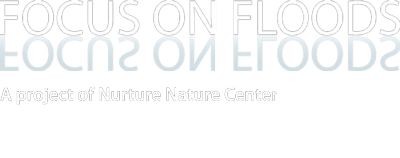The objectives of the study were two-fold. First, public behavior of those in the Big Thompson Canyon during the flood was evaluated. Second, based on the public’s behavior, recommendations are proposed for the Front Range communities that are vulnerable to flash floods in the future. Actions of those who survived, did not survive, were warned, and were not warned are compared, and actions that influenced behavior were found to include: location before the flood, social setting, location in the canyon, type of warning received, and size of the group. Interviews were also conducted with residents, emergency personnel, and visitors. Results show that those who got to higher ground were more likely to survive than those who took no action at all or who were driving. This study led to the implementation of canyon signs instructing residents of what to do during a flash flood.
